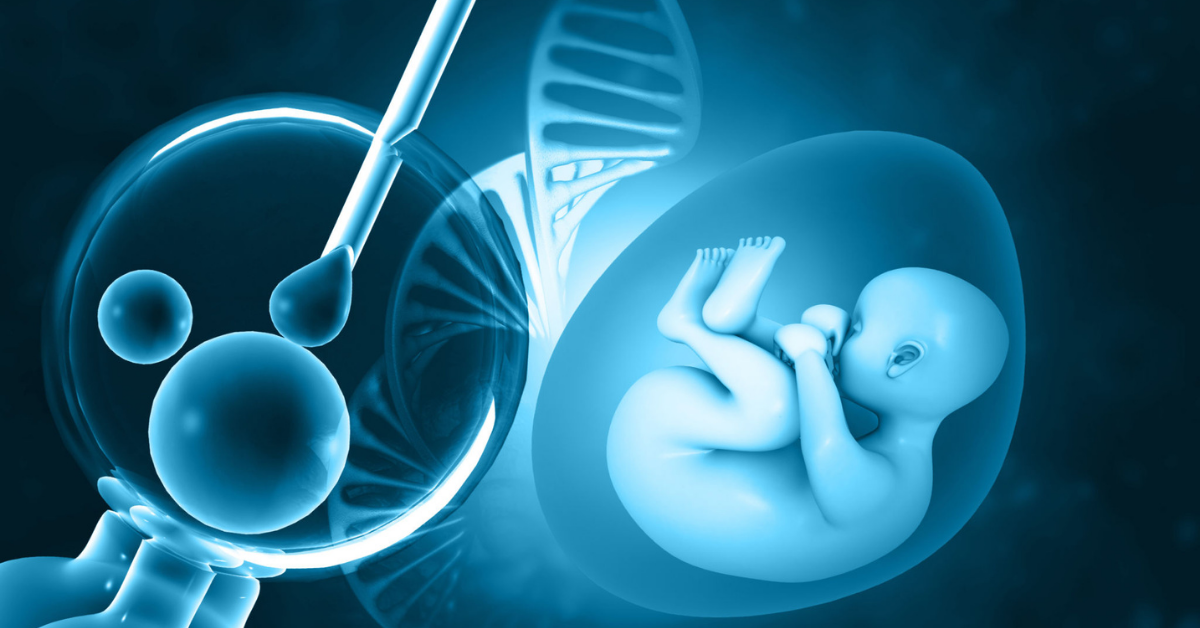In recent years, advancements in reproductive medicine have made it possible for many couples to experience the joy of parenthood despite fertility challenges. One of the most successful and widely used methods is the IVF procedure—a revolutionary treatment that has helped millions of families around the world. At Art Fertility, we provide expert care and personalized treatment plans to ensure the best possible outcomes for our patients.
What is the IVF Procedure?
IVF, or In Vitro Fertilization, is a medical process that involves combining an egg and sperm outside the body in a controlled laboratory environment. Once fertilization occurs and the embryo forms, it is carefully transferred into the woman’s uterus to achieve pregnancy. This procedure is especially beneficial for couples dealing with issues such as blocked fallopian tubes, male infertility, ovulation disorders, or unexplained infertility.
Step-by-Step Breakdown of the IVF Procedure
1. Initial Consultation and Evaluation
The IVF journey at Art Fertility begins with a thorough consultation. Our fertility specialists conduct a complete assessment of both partners. This includes physical exams, hormonal testing, ultrasound scans, and semen analysis to identify any underlying causes of infertility and determine the best course of action.
2. Ovarian Stimulation
Once the patient is ready, hormonal injections are administered to stimulate the ovaries to produce multiple eggs instead of the usual one egg per cycle. Regular monitoring through blood tests and ultrasounds ensures that the ovaries are responding well to the medication.
3. Egg Retrieval (Ovum Pick-Up)
When the eggs are mature, a minor surgical procedure called egg retrieval is performed under sedation. A thin needle is inserted through the vaginal wall using ultrasound guidance to collect the eggs from the ovaries. This process is generally painless and takes about 20–30 minutes.
4. Sperm Collection and Fertilization
On the same day, a semen sample is collected from the male partner. The sperm is then processed and combined with the retrieved eggs in the lab. In some cases, especially with male factor infertility, Intracytoplasmic Sperm Injection (ICSI) is used, where a single healthy sperm is directly injected into the egg to facilitate fertilization.
5. Embryo Culture and Development
The fertilized eggs are monitored for a few days as they develop into embryos. Our embryologists assess their growth and quality using advanced technology, selecting the best embryos for transfer. At Art Fertility, we offer additional procedures like Preimplantation Genetic Testing (PGT) if required.
6. Embryo Transfer
Typically on day 3 or day 5 after fertilization, a selected embryo is transferred into the uterus using a thin catheter. The process is simple, painless, and does not require anesthesia. After the transfer, patients are advised to rest and follow specific guidelines given by the fertility specialist.
7. Pregnancy Test and Follow-up
Approximately two weeks after the embryo transfer, a blood test is conducted to confirm pregnancy. If successful, the patient is closely monitored during the early weeks to ensure the pregnancy progresses normally.
Why Choose Art Fertility?
At Art Fertility, we combine advanced medical technology with compassionate care to deliver excellent IVF success rates. Our experienced team, state-of-the-art laboratories, and patient-centric approach make us a leading fertility center trusted by families across the globe.
Conclusion
The IVF procedure is a promising solution for many couples struggling with infertility. While the process may seem complex, with the right support and medical expertise, it can lead to the dream of parenthood. At Art Fertility, we are committed to walking every step of this journey with you, turning hope into reality.





Comments